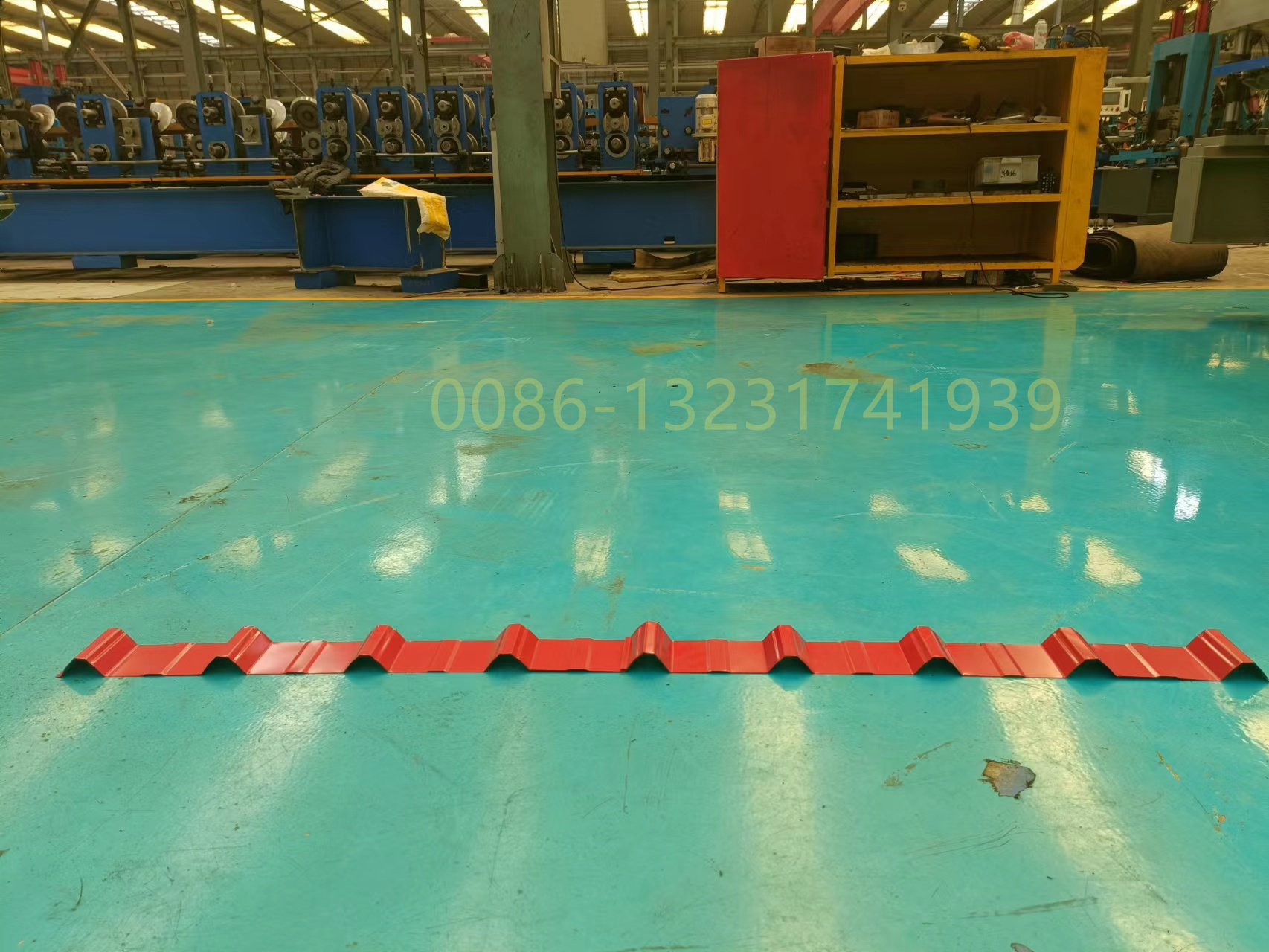The Evolution of Portable Standing Seam Roofing Machines Over the Years
1. Introduction to Portable Standing Seam Roofing Machines

2. Historical Overview of Roofing Machines
The journey of portable standing seam roofing machines began in the early 20th century, when manual methods dominated the roofing landscape. Craftsmen relied on hand tools for shaping and installing metal roofing. With the Industrial Revolution came mechanization, leading to the development of the first generation of roofing machines. These early models, while primitive by today’s standards, began to automate the roofing process, significantly reducing labor time and increasing output.
By the 1950s, the introduction of electrical power changed the game, allowing for more sophisticated machines that could handle larger sheets of metal. The 1970s saw the introduction of portable models, enabling contractors to work more flexibly on job sites. The machines became lighter, more efficient, and easier to operate, marking a significant milestone in roofing technology.
3. How Portable Standing Seam Roofing Machines Work
Portable standing seam roofing machines work by feeding metal sheets into the machine, where they are shaped and crimped to create interlocking seams. The process involves several key steps:
1. Feeding the Metal Sheet: The operator positions the metal sheet into the machine. Most machines accommodate different widths and thicknesses of metal.
2. Bending and Crimping: As the machine operates, it bends the edges of the metal sheet to form the standing seam. The crimping process is crucial for ensuring a tight fit between panels.
3. Cutting to Length: Many machines are equipped with built-in shears, allowing operators to cut the panels to the desired length without needing additional equipment.
4. Final Adjustments: The machine may include settings for adjusting the seam height and width, giving operators more control over the final product.
This efficient process not only speeds up installation but also enhances the overall quality of the roofing system.
4. Advantages of Using Portable Machines
The advantages of using portable standing seam roofing machines are numerous:
- Efficiency: These machines significantly reduce the time needed for installation. What once took hours can now be completed in a fraction of the time.
- Quality: The precision with which these machines operate ensures consistent and high-quality seams, reducing the likelihood of leaks.
- Portability: Designed for ease of transport, these machines can be moved easily from one job site to another, making them ideal for contractors.
- Versatility: Many portable machines can work with various materials, including aluminum, steel, and copper, broadening their application range.
- Cost-Effectiveness: Over time, the reduced labor and material waste translate into savings for contractors and clients alike.
5. Different Types of Portable Standing Seam Roofing Machines
There are several types of portable standing seam roofing machines, each designed for specific applications and user needs:
- Manual Machines: These are operated by hand and are suitable for smaller projects or DIY enthusiasts. They are generally less expensive but require more physical effort.
- Electric Machines: Powered by electricity, these machines are more efficient and ideal for larger jobs. They often feature advanced controls and settings for various seam profiles.
- Battery-Operated Machines: Providing the convenience of portability without the need for electrical outlets, battery-operated machines are increasingly popular for remote job sites.
- Hydraulic Machines: These powerful machines use hydraulic pressure to operate, making them suitable for heavy-duty applications. They are typically used in industrial contexts where speed and power are paramount.
6. Technological Advancements in Roofing Machines
Technological advancements have played a pivotal role in the evolution of portable standing seam roofing machines. Key innovations include:
- Digital Controls: Modern machines often feature digital interfaces that allow operators to input specific parameters, enhancing precision and reducing errors.
- Improved Materials: Advances in materials used for machine construction have led to lighter yet more durable machines, improving portability without sacrificing strength.
- Automation: Automation features, such as self-adjusting settings and automated cutting, have made these machines easier to use and more efficient.
- Safety Features: Enhanced safety mechanisms prevent accidents during operation, making these machines safer for operators.
As technology continues to evolve, we can expect even more improvements in efficiency, precision, and user-friendliness.
7. The Future of Portable Standing Seam Roofing Machines
The future of portable standing seam roofing machines looks promising. With ongoing advancements in technology, we can anticipate:
- Smart Machines: Integration with IoT (Internet of Things) technologies may lead to machines that can communicate with each other and provide real-time feedback to operators.
- Sustainable Practices: As the construction industry shifts toward sustainability, machines may be developed to work with eco-friendly materials and processes, minimizing waste and environmental impact.
- Enhanced Customization: Future machines may offer greater customization options, allowing contractors to tailor their machines to specific project needs.
- User Training and Support: As these machines become more advanced, comprehensive training programs and customer support will be crucial to ensure operators can maximize their capabilities.
The evolution of portable standing seam roofing machines is far from over, and their impact on the metalworking industry will only grow.

评论
发表评论